2017年武汉大学考博英语真题及答案
注意:所有的答题内容必须写在答案纸上,凡写在试题或草稿纸上的一律无效。
Part I Reading Comprehension (2’×20 = 40 points)
Directions: In this part of the test, there will be 5 passages for you to read.
Each passage is followed by 4 questions or unfinished statements, and each
question or unfinished statement is followed by four choices marked A, B, C
and D. You are to decide on the best choice by blackening the corresponding
letter on the ANSWER SHEET.
Passage One
Mr Gordon is right that the second industrial revolution involved never-to-be-
repeated changes. But that does not mean that driverless cars count for
nothing. Messrs Erixon and Weigel are also right to worry about the West ’ s
dismal recent record in producing new companies. But many old firms are not
run by bureaucrats and have reinvented themselves many times over: General
Electric must be on at least its ninth life. And the impact of giant new firms
born in the past 20 years such as Uber, Google and Facebook should not be
underestimated: they have all the Schumpeterian characteristics the authors
admire.
On the pessimists’ side the strongest argument relies not on closely watching
corporate and investor behavior but rather on macro-level statistics on
productivity. The figures from recent years are truly dismal. Karim Foda, of
the Brookings Institution, calculates that labor productivity in the rich
world is growing at its slowest rate since 1950. Total factor productivity
(which tries to measure innovation) has grown at just 0.1% in advanced
economies since 2004, well below its historical average.
Optimists have two retorts. The first is that there must be something wrong
�
with the figures. One possibility is that they fail to count the huge consumer
surplus given away free of charge on the internet. But this is unconvincing.
The official figures may well be understating the impact of the internet
revolution, just as they downplayed the impact of electricity and cars in the
past, but they are not understating it enough to explain the recent decline in
productivity growth.
Another, second line of argument that the productivity revolution has only
just begun is more persuasive. Over the past decade many IT companies may have
focused on things that were more “fun than fundamental” in Paul Krugman’s
phrase. But Silicon Valley’s best companies are certainly focusing on things
that change the material world.
�
Uber and Airbnb are bringing dramatic improvements to two large industries
that have been more or less stuck for decades. Morgan Stanley estimates that
driverless cars could result in $507 billion a year of productivity gains in
America, mainly from people being able to stare at their laptops instead of at
the road.
1. What has led to the pessimistic opinion concerning the world’s economy?
A. It is based on macro-level statistics on productivity.
B. It is based on close observation on corporate and investor behavior.
C. It is due to the fact that many old firms are not run by bureaucrats.
D. It is due to the fact that not enough new firms have been created.
2. The first argument on the optimists ’ side is unconvincing because the
official figures
.
A.
B.
C.
D.
are both wrong and unconvincing
downplay the internet revolution
fail to include the consumer surplus
can’t explain the decline in productivity growth
3. What is true about the IT companies in Silicon Valley??
A. They have only focused on the fun part of life.
B. They have made a difference in the real world.
C. They have more persuasive productivity.
D. They have only just begun to develop.
4. How can driverless cars benefit American industries?
A. Driverless cars have revived two large American industries.
B. The sale of driverless cars can reach hundreds of billion dollars.
C. Thanks to them people free from driving can do more creative work.
�
D. Driverless cars have stimulated the development of Uber and Airbnb.
Passage Two
Winston Churchill was one of the central statesmen of the 20th century and,
almost 50 years after his death, remains a subject of enduring fascination.
Part of the current interest in this venerable figure can be attributed to two
superb biographies written in the 1980s by historian William Manchester: “The
Last Lion: Visions of Glory” and “ The Last Lion: Alone. ” These two books
examined the first two-thirds of Churchill’s life.
Unfortunately, after completing the second
volume,
Manchester ’ s health
declined
and the rest of the project stalled. So great was public interest
in the long-delayed final volume that it was the subject of a front page
story in The New York Times.
Eventually, in 2003, Manchester asked his friend Paul Reid to complete the
trilogy. Now, nearly a decade later, Reid has published The Last Lion, the
final piece of this monumental undertaking. Reid starts when Churchill was
appointed prime minister in May 1940 and
�
follows him through his death in 1965. While most of this volume is
appropriately devoted to World War II, it also includes the vast expansion
of the British welfare
state
following the war, the start of the Cold War
and the enormous dangers it carried, and the loss of the British Empire.
Reid has written a thorough and complete analysis of these years, and it is
a worthy finale to
the first two volumes. Exhaustively researched and
carefully written, it draws on
a full range
of primary and secondary
materials. This book will be essential reading for those
who
enjoyed the
first two volumes and those with a deep interest in understanding this
seminal figure and his place in history.
Reid does a wonderful job of capturing Churchill in all his complexity. He
gives Churchill
great praise for his personal courage and
inspirational
leadership
during
the
dark
days
when Britain stood alone, but he is
equally clear about Churchill ’ s poor strategic judgments, such as the
efforts
to defend Greece and Crete, the Allied assault on Anzio, and the
decision
to
send
the
battleship Prince of
Wales
and
battle
cruiser
Repulse
to
the South
China
Sea without adequate air cover where they
were promptly sunk by the Japanese.
He highlights Churchill’s naiveté in dealing with Soviet Premier Stalin in
the
early years of the war, but praises his prescience in anticipating
Stalin’s land grab in Eastern Europe at the end of the conflict. Reid also
gives welcome attention to aspects of the war ― such as Churchill ’ s fear
that the United States might decide to put its primary emphasis on defeating
Japan regardless of the “ Germany first ” understanding he shared with
Roosevelt that have received little attention in other books.
5. What can be known about the two biographies of Churchill?
A.
B.
C.
They were written in an interesting style.
They were written prior to Churchill’s death.
They are mainly written from a historical point of view.
�
D.
They have helped intrigue the readers over a long period.
6. Why did the biography once become a front page story in The New YorkTimes?
A.
B.
C.
D.
People were looking forward to the publication of the final volume.
Readers were angry with the author for the delay of the final volume.
The publication of the final volume was then a heatedly discussed issue.
Readers wanted to know who would be the new author of the final volume.
7. Why does the third volume prove to be worthy?
A.
B.
C.
D.
It is widely read and welcomed by readers.
It involves enough details in Churchill’s life.
It is based on thorough and reliable research.
It offers a unique understanding of Churchill.
8. What can we know about Churchill through the third volume?
�
A.
B.
C.
D.
He is a man with complexity.
He pulled Britain through WWII.
He made many strategic mistakes.
He is courageous and inspirational.
Passage Three
Asteroids and comets that repeatedly smashed into the early Earth covered the
planet ’ s surface with molten rock during its earliest days, but still may
have left oases of water that could have supported the evolution of life,
scientists say. The new study reveals that during the planet ’ s infancy, the
surface of the Earth was a hellish environment, but perhaps not as hellish as
often thought, scientists added.
Earth formed about 4.5 billion years ago. The first 500 million years of its
life are known as the Hadean Eon. Although this time amounts to more than 10
percent of Earth ’ s history, little is known about it, since few rocks are
known that are older than 3.8 billion years old.
For much of the Hadean, Earth and its sister worlds in the inner solar system
were pummeled with an extraordinary number of cosmic impacts. “It was thought
that because of these asteroids and comets flying around colliding with Earth,
conditions on early Earth may have been hellish, ” said lead study author
Simone Marchi, a planetary scientist at the Southwest Research Institute in
Boulder, Colorado. This imagined hellishness gave the eon its name — Hadean
comes from Hades, the lord of the underworld in Greek mythology.
However, in the past dozen years or so, a radically different picture of the
Hadean began to emerge. Analysis of minerals trapped within microscopic zircon
crystals dating from this econ “suggested that there was liquid water on the
surface of the Earth back then, clashing with the previous picture that the
Hadean was hellish,” Marchi said. This could explain why the evidence of the
earliest life on Earth appears during the Hadean — maybe the planet was less
inhospitable during that eon than previously thought.
�
The exact timing and magnitude of the impacts that smashed Earth during the
Hadean are unknown. To get an idea of the effects of this bombardment, Machi
and his colleagues looked at the moon, whose heavily cratered surface helped
model the battering that its close neighbor Earth must have experienced back
then.
“We also looked at highly siderophile elements (elements that bind tightly to
iron), such as gold, delivered to Earth as a result of these early collisions,
and the amounts of these elements tells us the total mass accreted by Earth as
the results of these collisions,” Marchi said. Prior research suggests these
impacts probably contributed less than 0.5 percent of the Earth’s present-day
mass.
The researchers discovered that “ the surface of the Earth during the Hadean
was heavily affected by very large collisions, by impactors [ɪm'pæktə] larger
than 100 kilometers (60 miles) or so — really, really big impactors,’ Marchi
said. “When Earth has a collision with an object that big, that melts a large
volume of the Earth ’ s crust and mantle, covering a large fraction of the
surface,”
Marchi added. These findings suggest that Earth’s surface was buried over and
over again by large volumes of molten rock — enough to cover the surface of
the Earth several times. This helps explain why so few rock survive from the
Hadean, the researchers said.
9. Why is little known about the Earth’s first 500 million years?
A.
B.
C.
D.
Because it is an imagined period of time.
Because this period is of little significance.
Because it is impossible to know about this period.
Because no rocks are available as research evidence.
10. Why is the early Earth imagined to be hellish?
�
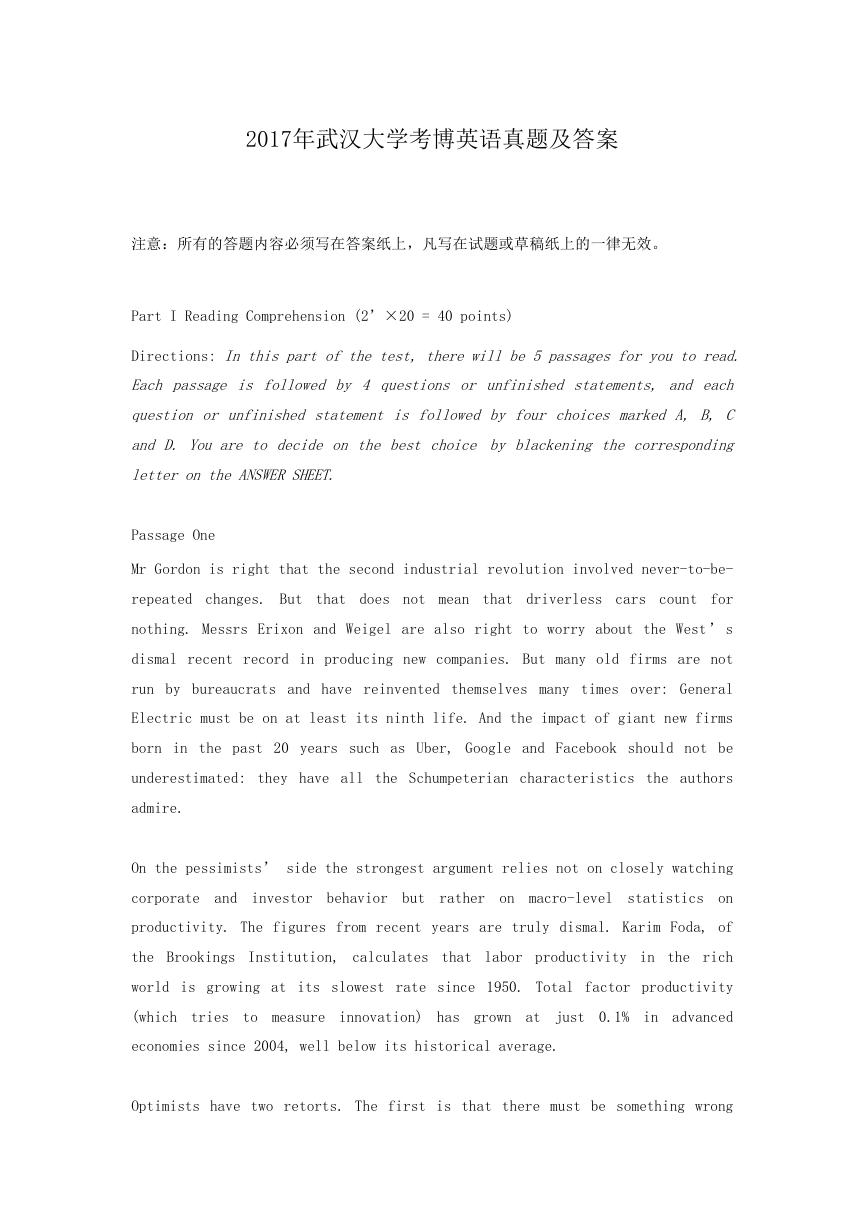

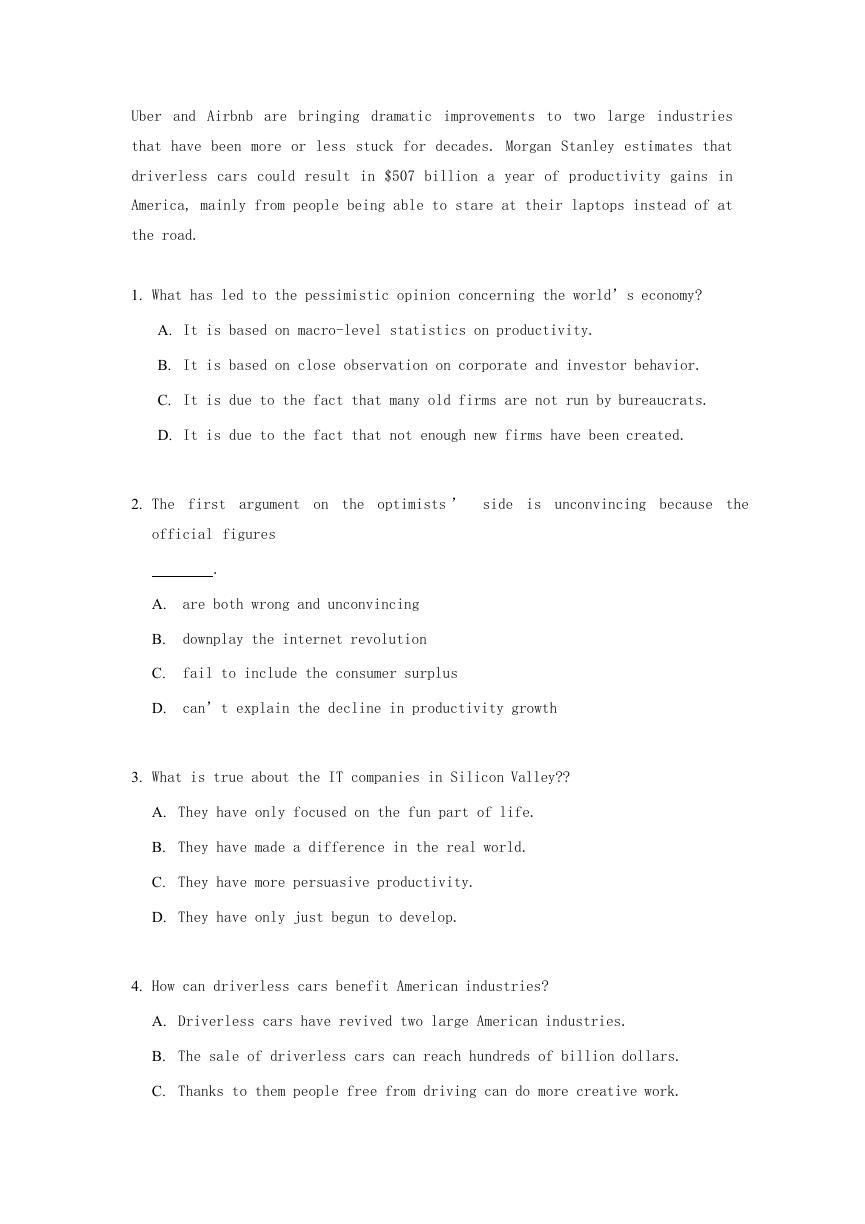
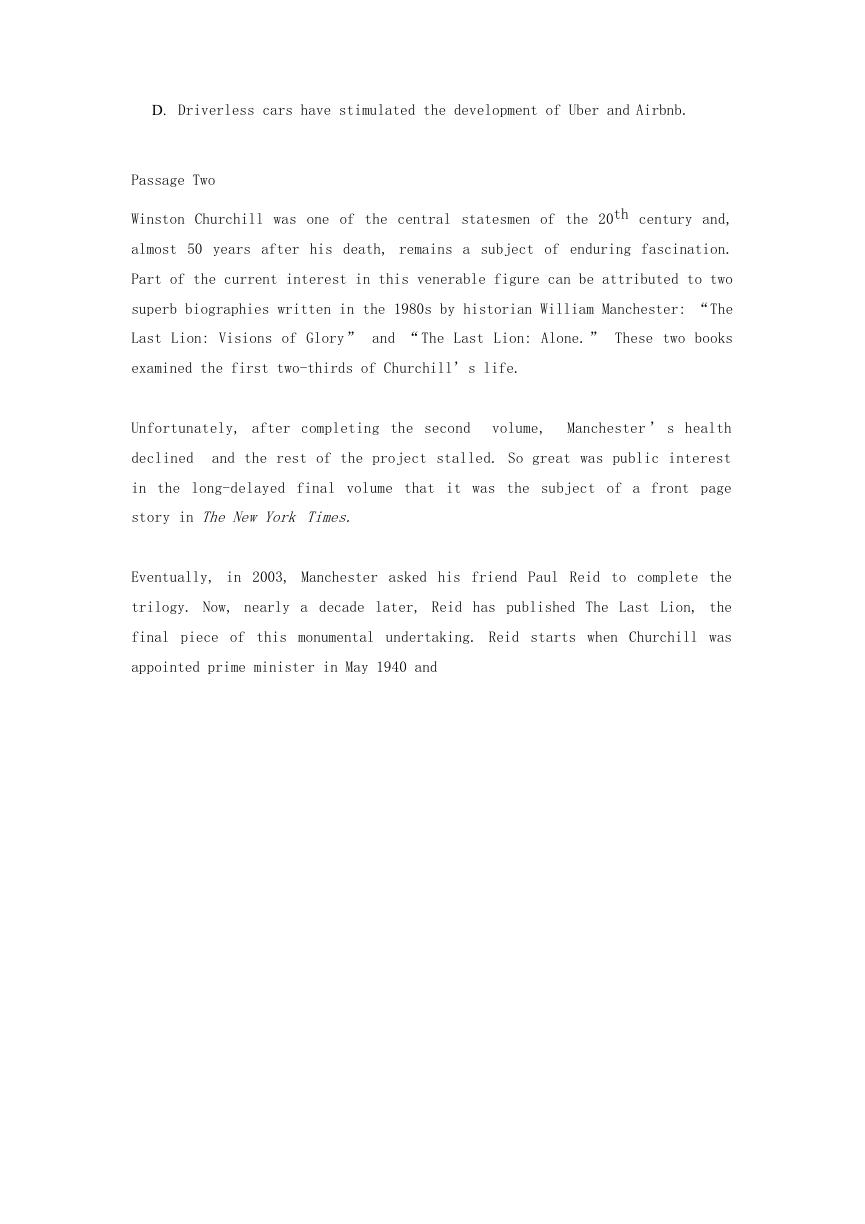
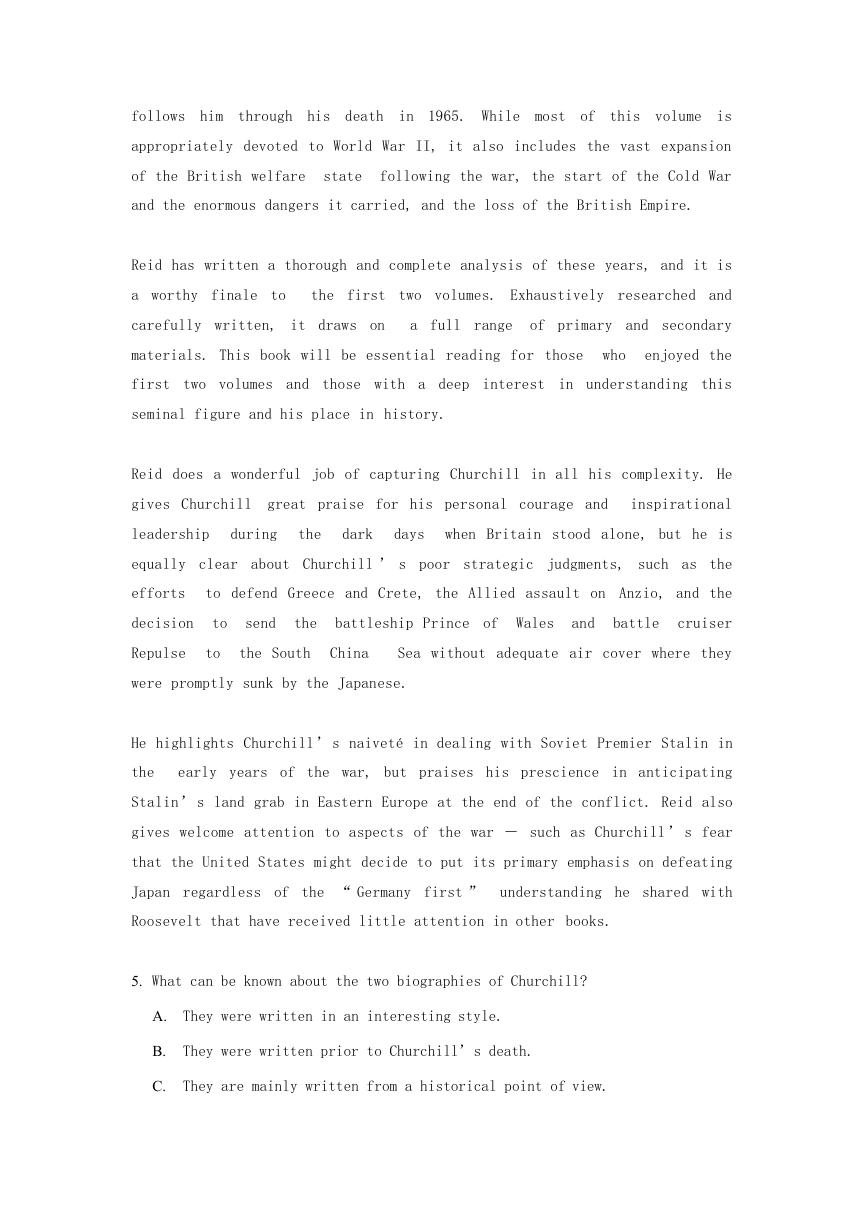
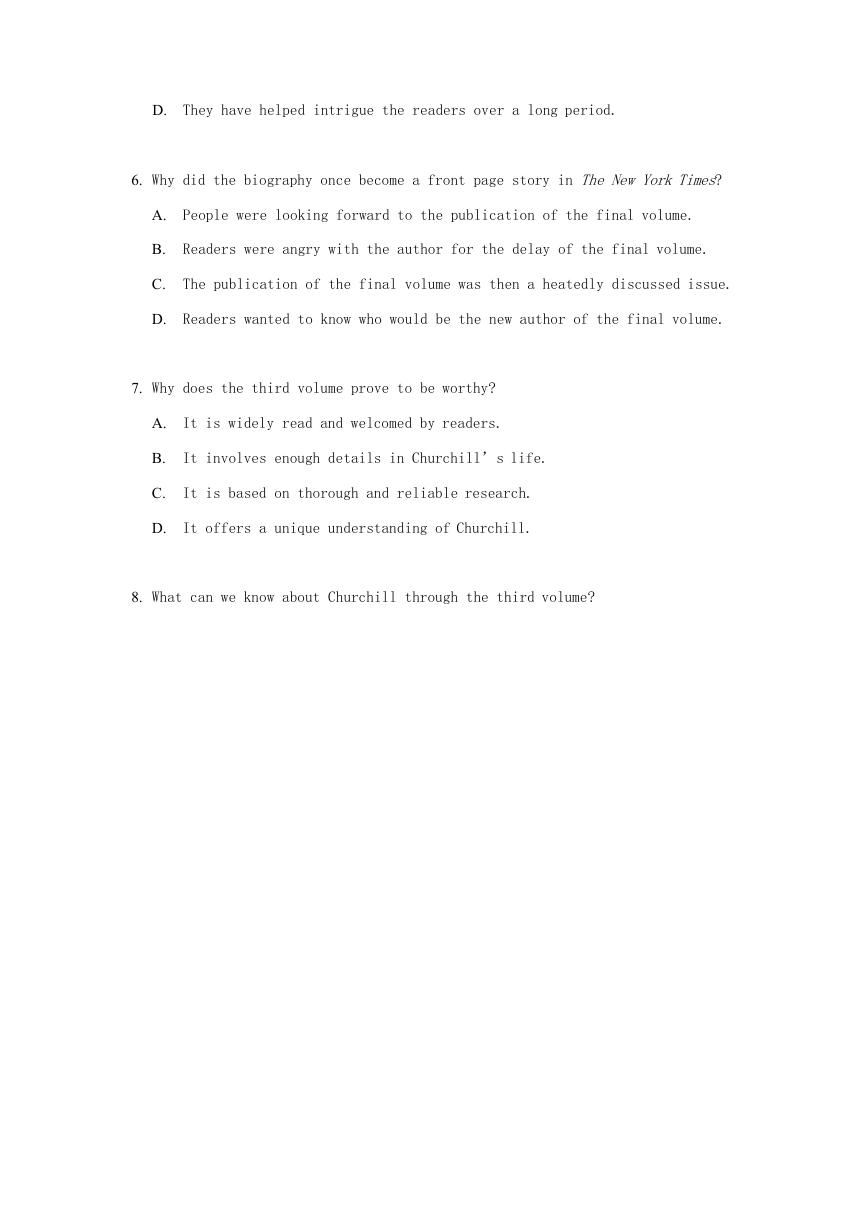
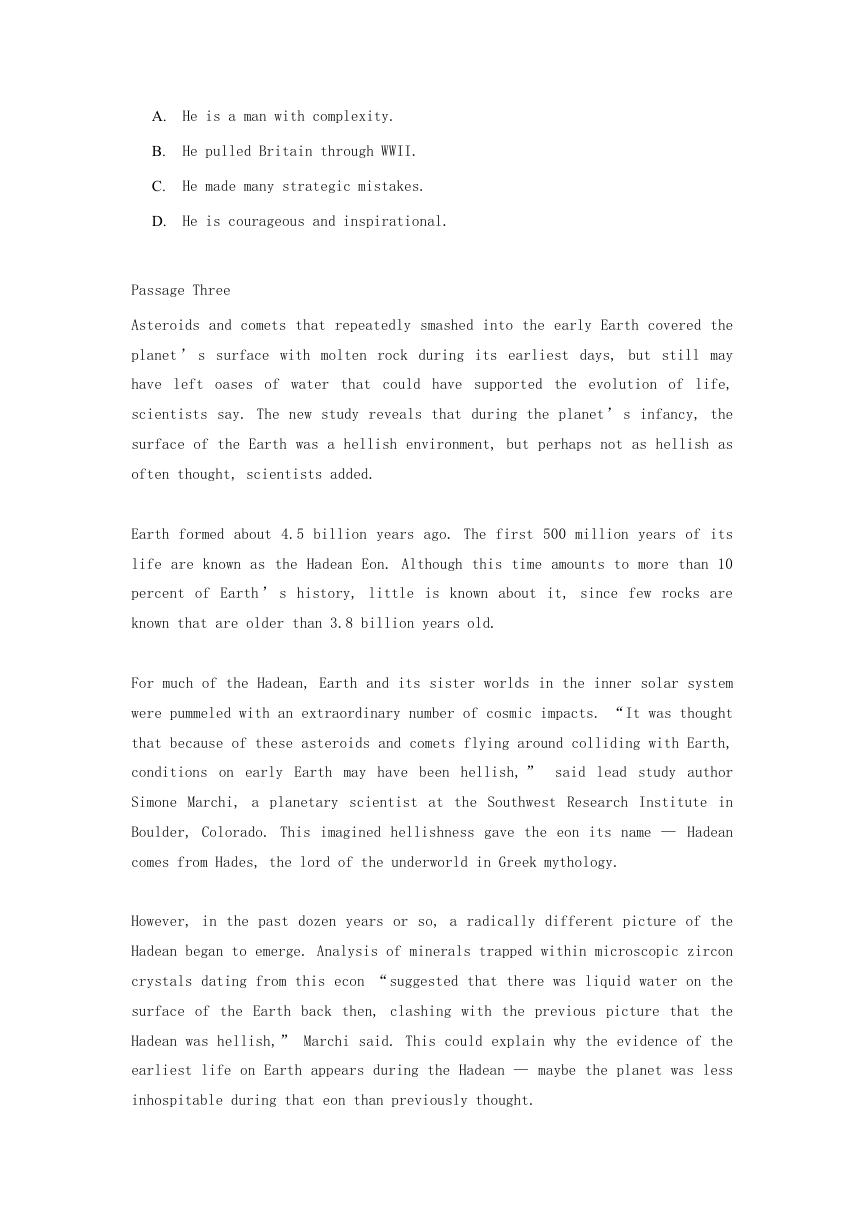
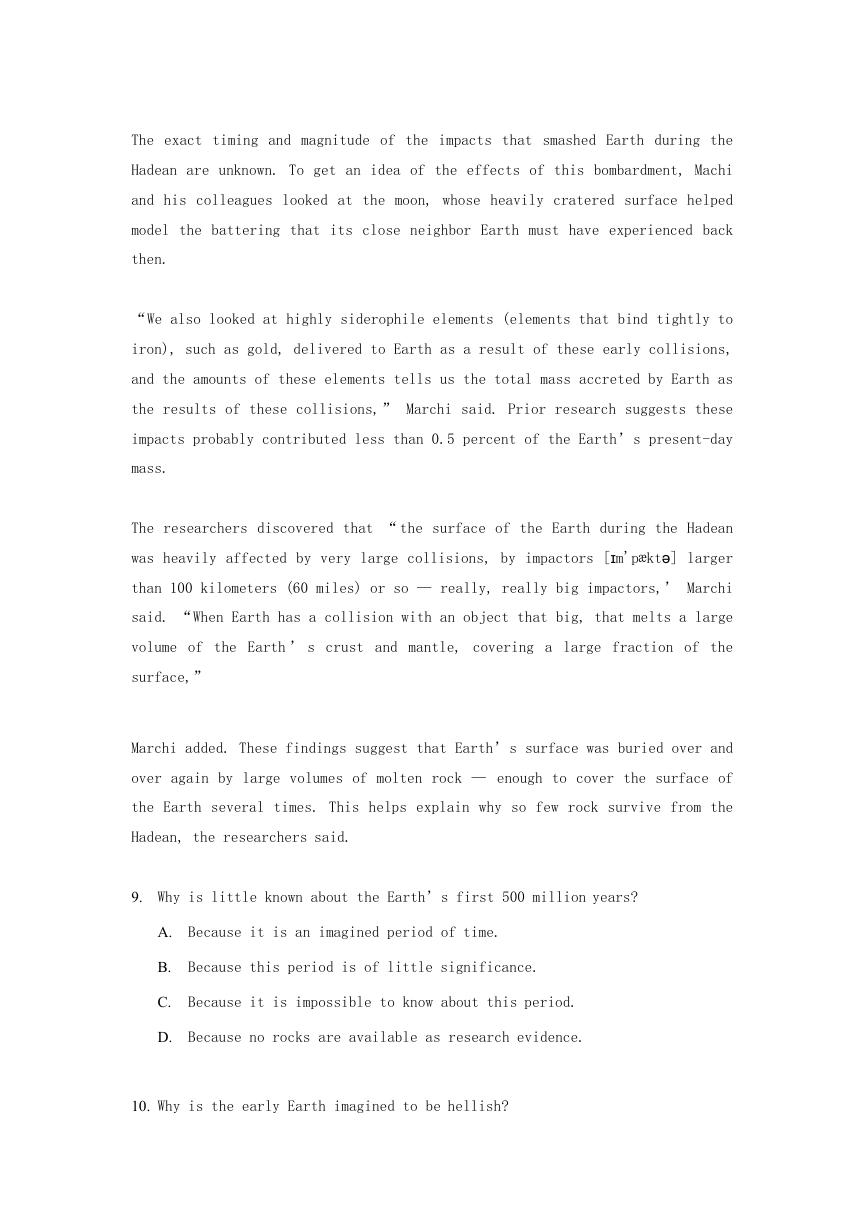








 2023年江西萍乡中考道德与法治真题及答案.doc
2023年江西萍乡中考道德与法治真题及答案.doc 2012年重庆南川中考生物真题及答案.doc
2012年重庆南川中考生物真题及答案.doc 2013年江西师范大学地理学综合及文艺理论基础考研真题.doc
2013年江西师范大学地理学综合及文艺理论基础考研真题.doc 2020年四川甘孜小升初语文真题及答案I卷.doc
2020年四川甘孜小升初语文真题及答案I卷.doc 2020年注册岩土工程师专业基础考试真题及答案.doc
2020年注册岩土工程师专业基础考试真题及答案.doc 2023-2024学年福建省厦门市九年级上学期数学月考试题及答案.doc
2023-2024学年福建省厦门市九年级上学期数学月考试题及答案.doc 2021-2022学年辽宁省沈阳市大东区九年级上学期语文期末试题及答案.doc
2021-2022学年辽宁省沈阳市大东区九年级上学期语文期末试题及答案.doc 2022-2023学年北京东城区初三第一学期物理期末试卷及答案.doc
2022-2023学年北京东城区初三第一学期物理期末试卷及答案.doc 2018上半年江西教师资格初中地理学科知识与教学能力真题及答案.doc
2018上半年江西教师资格初中地理学科知识与教学能力真题及答案.doc 2012年河北国家公务员申论考试真题及答案-省级.doc
2012年河北国家公务员申论考试真题及答案-省级.doc 2020-2021学年江苏省扬州市江都区邵樊片九年级上学期数学第一次质量检测试题及答案.doc
2020-2021学年江苏省扬州市江都区邵樊片九年级上学期数学第一次质量检测试题及答案.doc 2022下半年黑龙江教师资格证中学综合素质真题及答案.doc
2022下半年黑龙江教师资格证中学综合素质真题及答案.doc